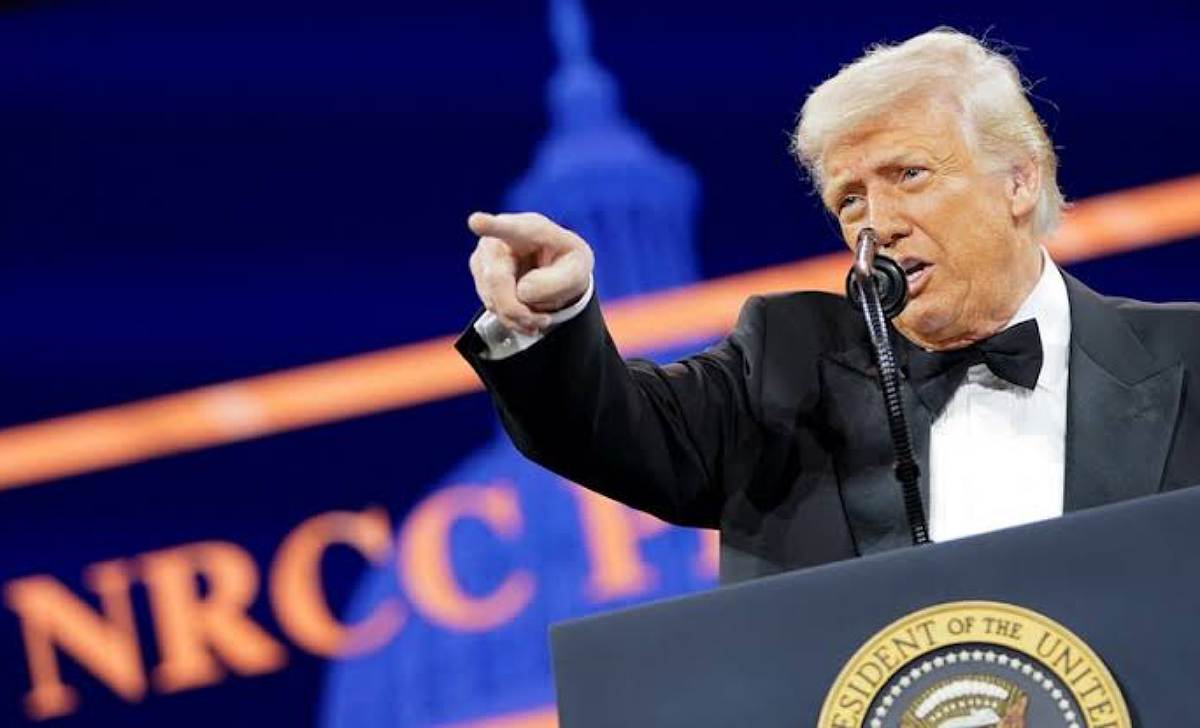New tariffs were about to hit U.S. carmakers hard — but a potential shift in Trump’s plan could give Tesla and Detroit’s Big Three a much-needed break.
President Trump’s plan to impose 25% tariffs on imported vehicles and auto parts sent shockwaves through the auto industry.
The vehicle tariffs were scheduled for April 3, 2025, with auto parts tariffs coming in May. But now, analysts say there may be a change in direction — and Tesla stands to benefit.
The $5,000–$10,000 Warning
Dan Ives, a well-known analyst from Wedbush Securities, previously called the tariff rollout “pure chaos.” He warned that forcing automakers to work without foreign parts would be impossible — and would push car prices up by $5,000 to $10,000.
“A U.S. car made entirely with U.S. parts is a fictional tale,” Ives said.
That’s why he believes the U.S. government may rethink the parts tariffs and instead focus only on fully assembled imported vehicles. And if that happens, Tesla and the Big Three (GM, Ford, and Stellantis) will breathe a huge sigh of relief.
Why Tesla Is Better Positioned Than Most
While all automakers would feel the impact of tariffs, Tesla is in a stronger spot for one big reason: it builds most of its cars right here in the U.S.
“Tesla is best positioned relative to the Big Three and foreign automakers,” Ives said.
That means fewer supply chain disruptions and lower exposure if tariffs hit.
Plus, Tesla has a lot of momentum right now:
- New affordable models coming soon
- The long-awaited Robotaxi launch on the horizon
- And a stronger domestic supply chain than most competitors
What This Means for GM, Ford, and Stellantis
The Detroit Big Three also build many of their vehicles in the U.S., but they still rely heavily on imported parts — especially from Mexico and Asia.
If Trump’s administration delays or changes the parts tariffs, it could keep production stable and prevent sudden cost spikes. That would help them stay competitive while the global market adjusts.
But There’s Still a Wild Card: China
Even if the U.S. backs off on parts tariffs, other countries — especially China — could respond with their own trade moves.
Tesla, which has a large presence in China, will need to watch closely.
What happens in the next few months could shape EV pricing and production for the rest of the year.
If the White House shifts from tariffs on parts to tariffs on finished vehicles, it would be a huge win for American automakers — especially Tesla.
Tesla’s U.S.-focused manufacturing, combined with upcoming launches and innovations, gives it a unique edge in a rapidly changing global market.
But as Dan Ives pointed out, this is a high-stakes game, and the next few quarters will be key.
What do you think?
Should the U.S. focus tariffs on fully built cars instead of parts?
And how will this affect Tesla’s prices in the long run?
Drop your thoughts in the comments.
